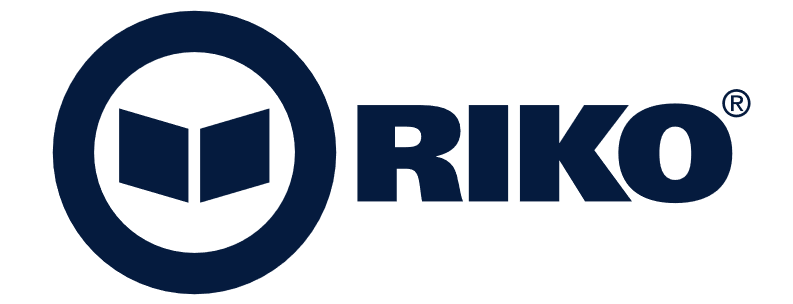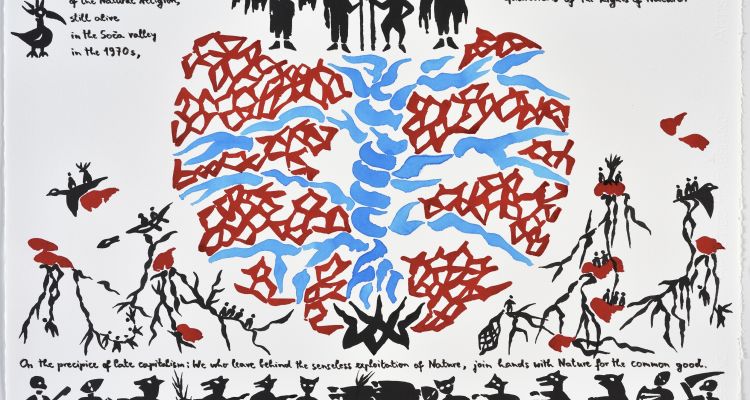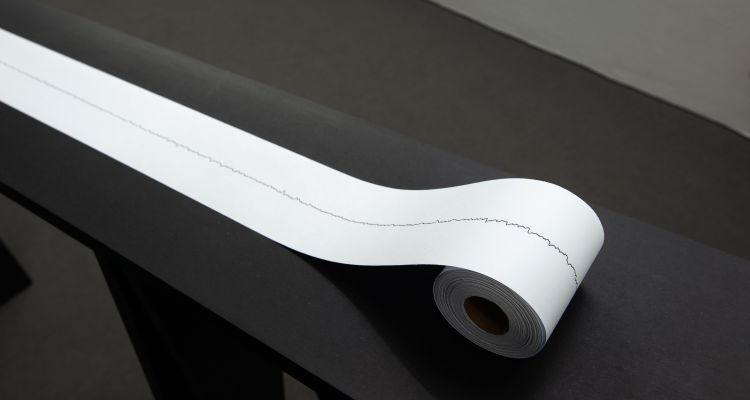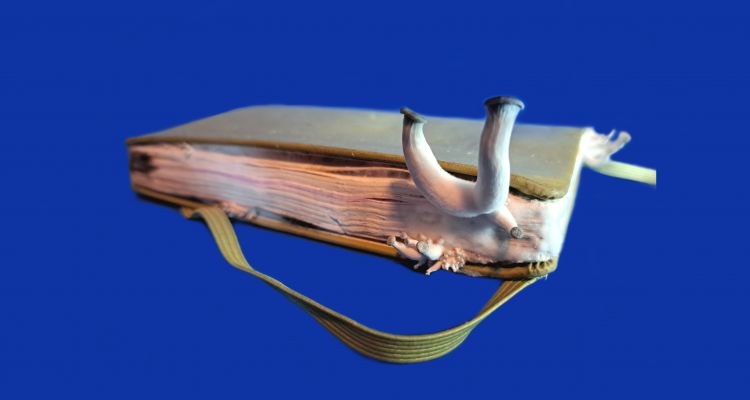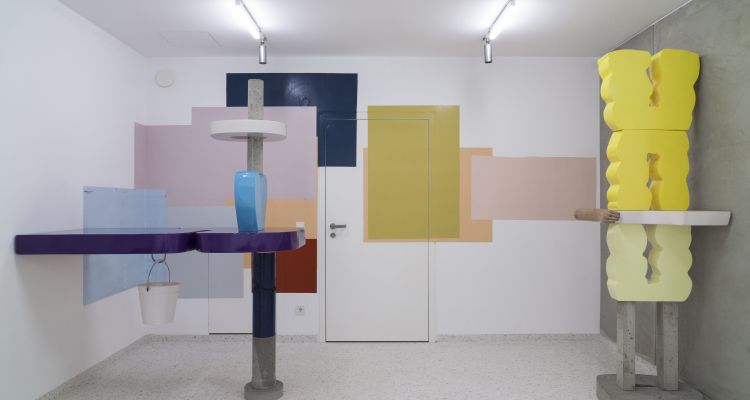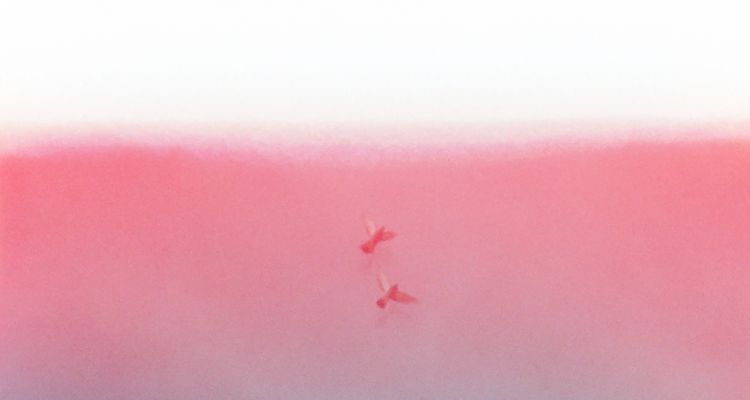Opening: Friday, 21 June, at 20.00
Nika Autor, Jaka Babnik, Nataša Berk, Viktor Bernik, Maxime Berthou & Mark Požlep, Martin Bricelj Baraga, Jasmina Cibic, Ana Čavić, Lana Čmajčanin, DNLM, Aleksandra Domanović, Vadim Fishkin, Jošt Franko, Tomaž Furlan, Ištvan Išt Huzjan, Sanela Jahić, Staš Kleindienst, Andrea Knezović, Polonca Lovšin, name:, The Nonument Group, Gala Alica, Marjetica Potrč, Tobias Putrih & Ardalan SadeghiKivi, Tjaša Rener, Peter Rauch, Maruša Sagadin, Duba Sambolec, Luka Savić, Maja Smrekar, Robertina Šebjanič, Andrej Škufca, Igor Štromajer, Apolonija Šušteršič, Ulay, Tao G. Vrhovec Sambolec, Matej Andraž Vogrinčič, Nana Wolke, Neja Zorzut
Curator: Tevž Logar
Partners: Piran Coastal Galleries, Center for Contemporary Arts Celje, Božidar Jakac Art Museum, Koroška Gallery of Fine Arts, Maribor Art Gallery, Museum of Contemporary Art Belgrade, Museum of Contemporary Art Zagreb, Museum of Modern and Contemporary Art Rijeka.
While Moderna galerija established the U3 Triennial of Contemporary Slovenian Art with the aim of providing an overview of selected artistic practices through the subjective view of a selected curator every three years, the past editions of the triennial have made it apparent that it also needs to become an active space that necessarily broaches current issues of the contemporary art system regarding artistic production, art theory, criticism and reflection, art education, the art market, the distribution of artworks, and communication with professional audiences and the general public. Against the Stream of Time therefore brings together the curator’s subjective view and an analytical approach to the issues of the contemporary art system, offering an opportunity for a more comprehensive view of the Slovenian art scene. Rather than focusing exclusively on the presentation of artistic practices that directly communicate with current issues in contemporary art, the exhibition project centers on detecting the problems faced by the Slovenian art scene.
The exhibition presents an overview of artworks created over the last five years in relation to the Slovenian art scene, and is, more importantly, a direct reflection of our time, which, however, should not be understood as having a linear structure, but instead as a complex cyclical entity, as something Jorge Luis Borges dwells on in many of his stories presenting time as nonlinear, cyclical or changeable, undermining the usual concepts of the past, present, and future. Borges’ unremitting struggle or effort to reconcile the refutation of time and the recognition of its reality is also the field opened up by this exhibition, which attempts to define time through various topical issues of everyday life, such as biopolitics, the environment, migrations, technology, memory, violence, and their interrelations, and, last but not least, the interventions of individuals who can directly question the established mechanisms of the dominant paradigms in intense social exchanges with like-minded others, and in this way co-create the complex paths of time itself.
Against the Stream of Time involves the viewers in the choreography of the multilayered meanings of various artistic artefacts, gestures, and reflections that are defined by social mechanisms as those that have the potential of triggering an experience in viewers. And precisely because our experiences are often “conditioned” by predetermined conceptual, personal, economic, political, aesthetic or cultural parameters, the exhibition aims to provide a brief respite of resistance and create circumstances for individuals’ fruitful dissent in the process of critical observation by including different generations of artists and different media of expression, and not organizing them in strictly defined themed groups.
The complement to critical observation is the recognition of the exhibition project’s structural elements, conceptual premises and strategies. This approach encourages thinking about how the exhibition constructs meaning, how it uses space, how it connects with other events and institutions, and how it affects the public perception and understanding of contemporary art. In the context of Against the Stream of Time, this structural segment is completely obscured from the viewers’ gaze at first glance, hiding somewhere in the “backstage” of the project, but nonetheless recognizable in the following elements: the international committee of the triennial, the devising of a network of national and regional partner organizations, the creation of online portfolios for participating artists, and arranged visits of international institutions.
The exhibition does not want to be a foreign body in the thirty year-long narrative of the triennial, but rather aspires to broach relevant and topical issues reflected in the tense and dynamic relationships among images, drawings, objects, sounds, performances, community projects, moving images, interventions in public space and the viewers. Like Borges in many of his stories, this exhibition tries to create a narrative structure that opens up several pathways through time and offers a variety of outcomes. The idea of multiple time paths intertwining and leading to different outcomes reflects the complexity of the human experience of time. It inspires us to think about the idea that our actions affect the ramifications of the flow of time and the interrelations between the past, present, and future. At the same time, it is also a reminder that time is complex and that its paths can intertwine in unpredictable ways. Borges’ intricate reflections about going “against the stream of time” bid us to explore its secrets and convolutions, and encourage us to reflect on the nature of human existence.
Tevž Logar (1979) works as an independent curator, editor and author. He has curated or co-curated a number of group and solo exhibitions, including Lost in the Moment That Follows, The Ovidiu Șandor Collection (2023); Larisa Sitar: Robust Boast (2022); When in Doubt, Go to a Museum (2021); the Triennial, 54th Zagreb Salon – Without Anesthesia (2019); Borderline Relation (2018); Ulay: I Other(2017), Vadim Fishkin: Light Chaser (2016); Ulay: Irritation (2015); Crossings (2014); Jasmina Cibic: For Our Economy and Culture for the Slovenian Pavilion at the 55th Venice Biennial (2013); Bas Jan Ader (2012); Tanja Ostojić: Body, Politics, Agency (2012); Accretions II (2011),... and collaborated with institutions, galleries, collections and publishers, such as: Museum of Modern and Contemporary Art, Łódź; The Fondazione Sandretto Re Rebaudengo, Turin; Kunsthalle Praha; TBA21, Vienna; The Ovidiu Șandor Collection, Timișoara; Ans Azura Auction House, Bucharest; Kunsthalle, Bratislava; Biennial of Graphic Arts, Ljubljana; Museum of Modern and Contemporary Art, Rijeka; Ludwig Museum, Budapest; James Gallery, New York; VOX, Montreal; Cooper Gallery, Dundee; American University Beirut; CAC Geneve; Kontakt Collection, Vienna; National Gallery of Kosovo; Galerija Gregor Podnar; Suprainfinit, Bucharest; Mousse Publishing, Milan; Routledge, New York; and Artforum, New York. For the 58th Venice Biennial in 2019, he worked with the Pavilion of Republic of North Macedonia as curatorial consultant and the Pavilion of Republic of Kosovo as a writer. In 2018, he edited a monograph about the work of the Croatian conceptual artist Goran Trbuljak. From 2009 to 2014, he was the artistic director of the Škuc Gallery in Ljubljana, Slovenia, and a lecturer in 20th Century Art History at the Academy of Visual Arts (AVA) in the same city. He was the screenwriter of the full-length documentary Project Cancer: Ulay’s journal from November to November (2013) and is a co-founder of the Ulay Foundation (2014) in Amsterdam, where he now sits as a member of the Advisory Board. In 2014, he was nominated for the Gerrit Lansing Independent Vision Award (Independent Curators International) in New York. He lives in Rijeka, Croatia.
Supported by:


